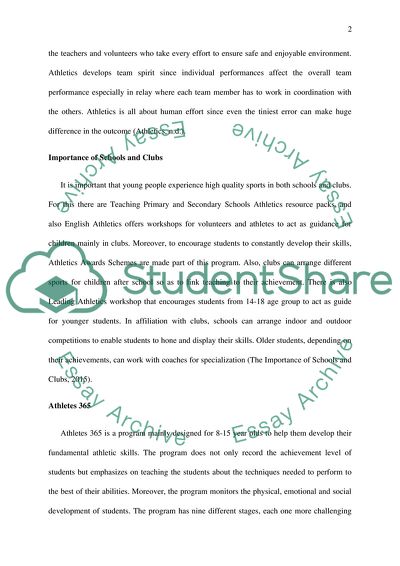Cite this document
(Approaches to Teach Athletics Article Example | Topics and Well Written Essays - 1750 words, n.d.)
Approaches to Teach Athletics Article Example | Topics and Well Written Essays - 1750 words. https://studentshare.org/education/1863365-approches-to-teach-athletics
Approaches to Teach Athletics Article Example | Topics and Well Written Essays - 1750 words. https://studentshare.org/education/1863365-approches-to-teach-athletics
(Approaches to Teach Athletics Article Example | Topics and Well Written Essays - 1750 Words)
Approaches to Teach Athletics Article Example | Topics and Well Written Essays - 1750 Words. https://studentshare.org/education/1863365-approches-to-teach-athletics.
Approaches to Teach Athletics Article Example | Topics and Well Written Essays - 1750 Words. https://studentshare.org/education/1863365-approches-to-teach-athletics.
“Approaches to Teach Athletics Article Example | Topics and Well Written Essays - 1750 Words”. https://studentshare.org/education/1863365-approches-to-teach-athletics.


